The Amazon rainforest gets called the “lungs of the Earth” for a reason.
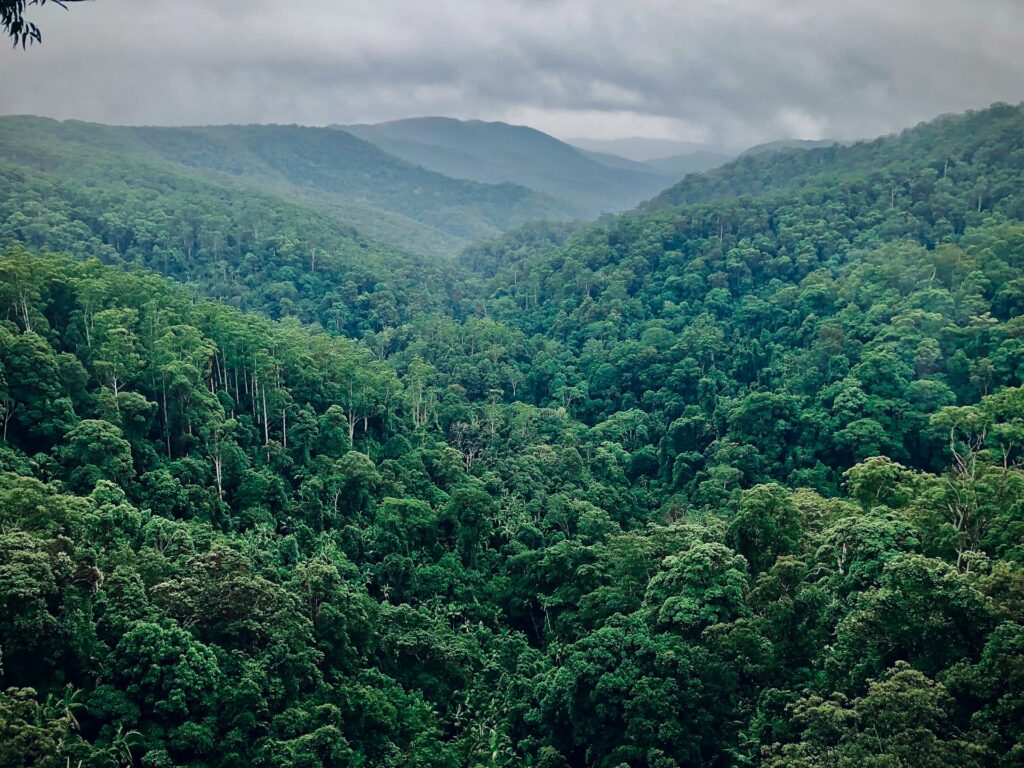
It’s not just a vast, wild green space—it’s one of the most important ecosystems on the planet, quietly supporting life across the globe. From regulating weather patterns to housing rare species and pulling carbon out of the atmosphere, its impact stretches far beyond South America. Here’s why the Amazon is so crucial to all of us, no matter where we live.
1. It produces an enormous amount of oxygen.
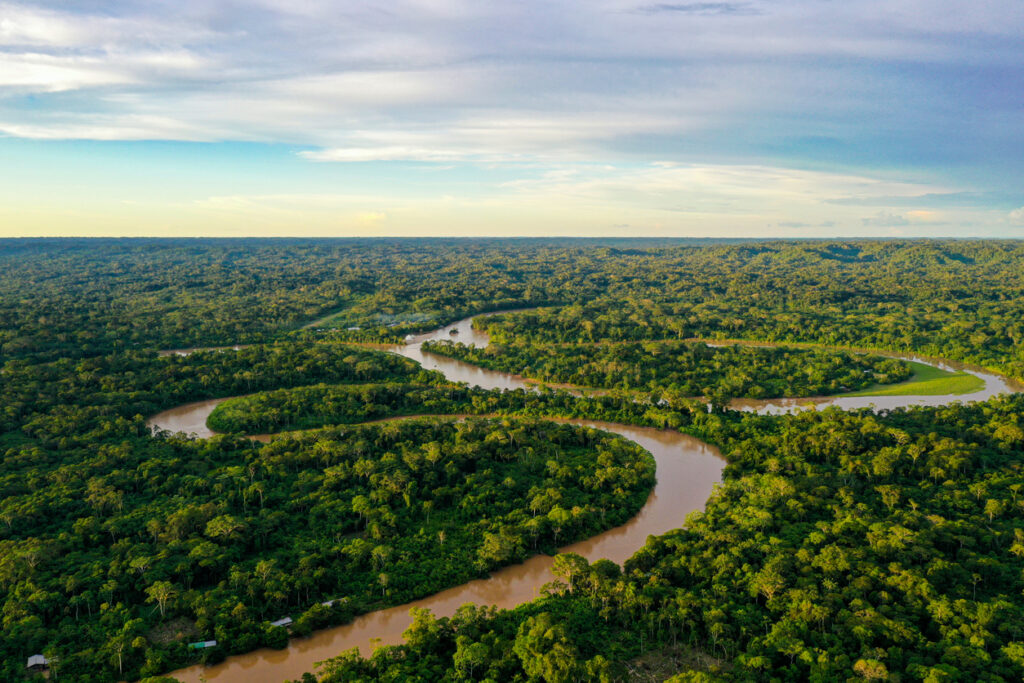
The Amazon’s dense vegetation goes through photosynthesis on a massive scale, taking in carbon dioxide and releasing oxygen. While it’s a bit of a myth that it produces 20% of the world’s oxygen (most comes from the ocean), it still contributes a huge, meaningful share.
That oxygen doesn’t just stay in South America. It circulates around the planet, supporting all kinds of life—including ours. Without these millions of trees doing their job, the global oxygen balance would be very different.
2. It stores billions of tonnes of carbon.
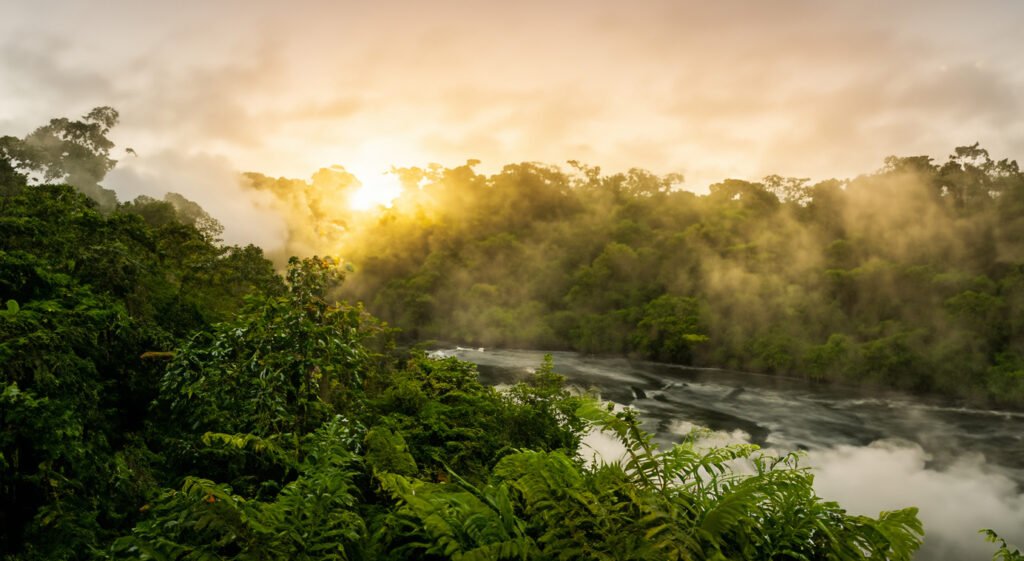
The Amazon acts like a giant carbon sink. Its trees absorb carbon dioxide from the atmosphere and store it in their trunks, roots, and soil. That helps offset the emissions we pump into the air from cars, planes, and industry. However, when deforestation happens, all that carbon gets released again. Cutting down trees in the Amazon doesn’t just harm local wildlife—it also worsens the global climate crisis by throwing all that stored carbon back into the mix.
3. It keeps global weather patterns stable.
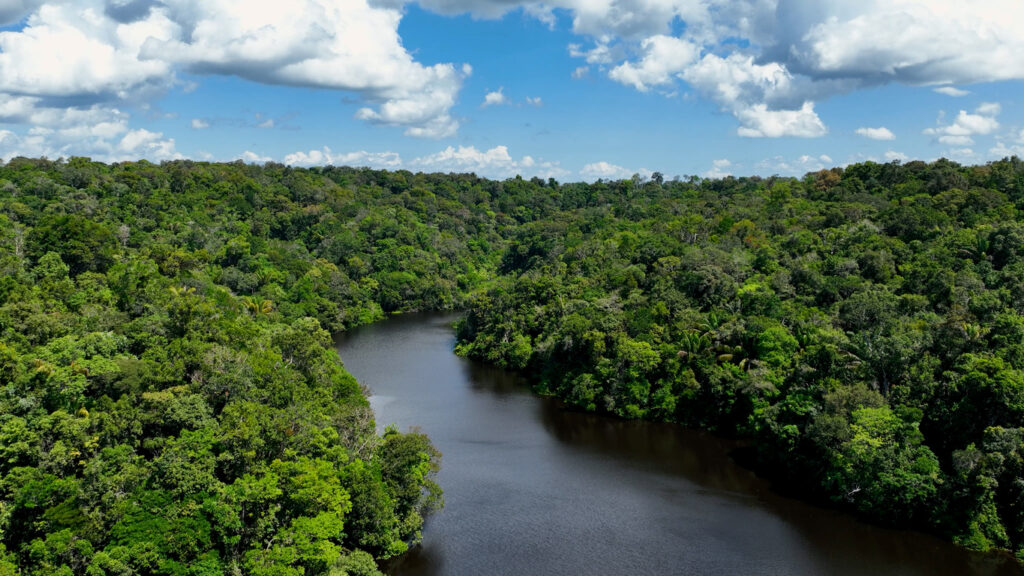
The Amazon affects rainfall patterns not just in South America, but across continents. Moisture from the forest rises into the air and forms clouds, which then travel on wind currents and influence weather far beyond the Amazon Basin. When large sections of rainforest are cleared, these weather systems start to change. That can mean less rain for nearby farming regions, changes in monsoon seasons, and increased risk of drought in unexpected places.
4. It supports an insane level of biodiversity.
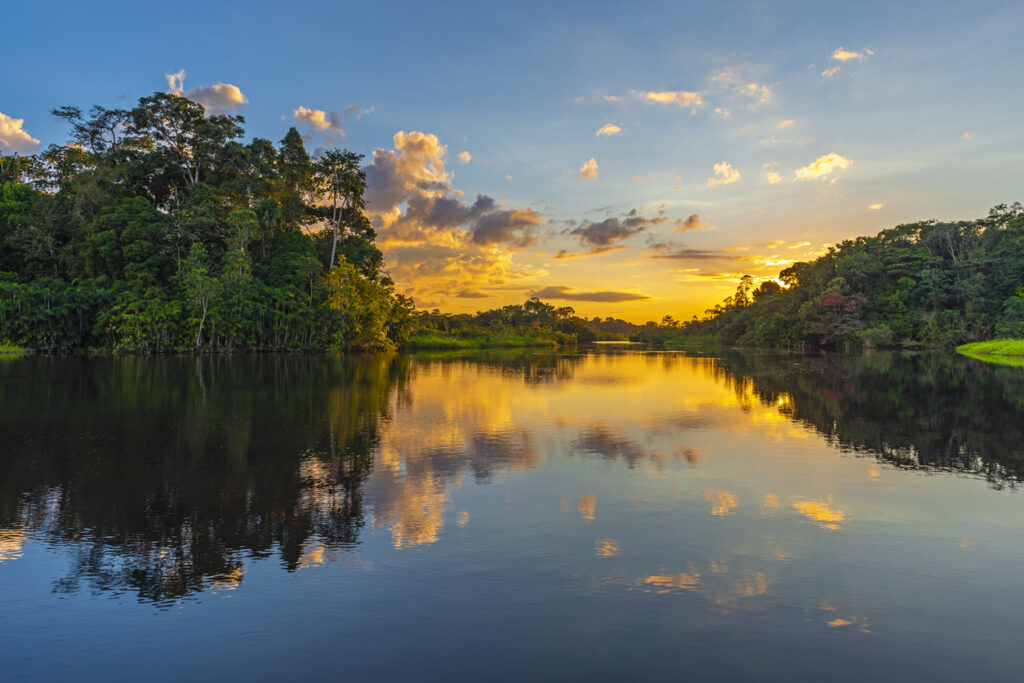
The Amazon is home to around 10% of all known species on Earth. From tiny frogs that live in tree holes to massive jaguars and mysterious fungi, the range of life here is off the charts, and a lot of it doesn’t exist anywhere else. Every time a part of the rainforest is destroyed, we risk losing species that haven’t even been studied yet. It’s like tearing pages out of a book we haven’t finished reading, one forest fire or bulldozer at a time.
5. It provides crucial medicines.
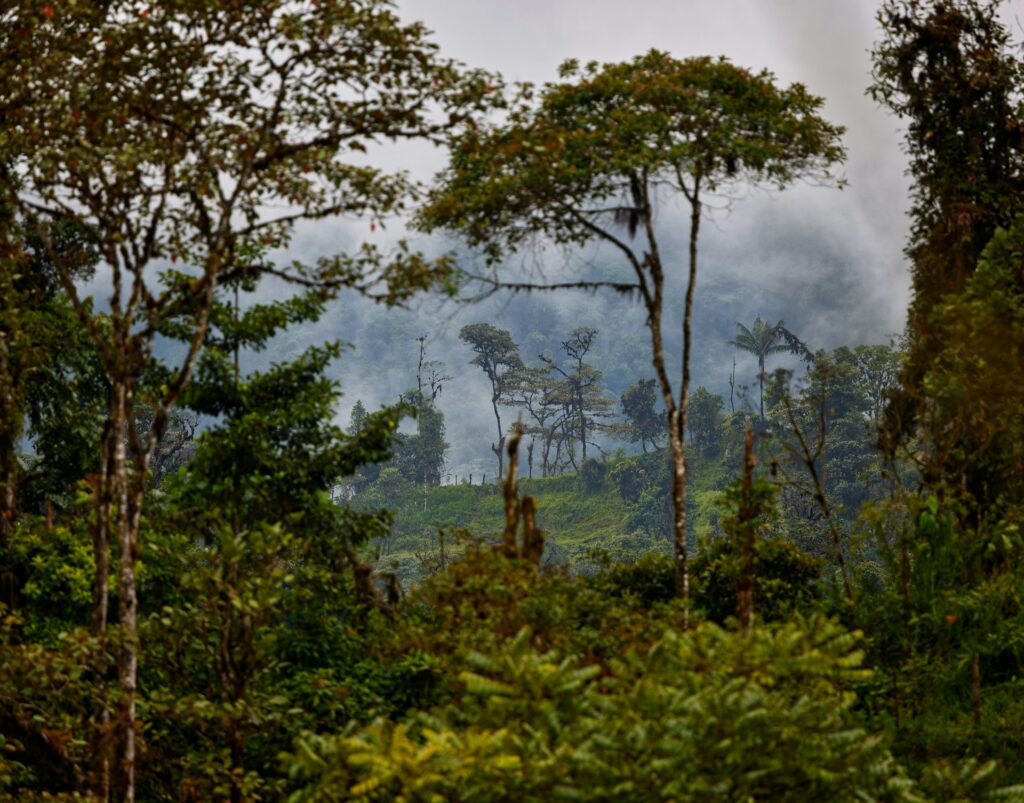
Roughly 25% of modern medicines have ingredients that come from rainforest plants. The Amazon has already given us treatments for everything from cancer to heart disease—and scientists believe it holds cures for illnesses we haven’t even discovered yet. However, the more we destroy, the fewer chances we have to find these breakthroughs. We’re not just losing trees—we’re potentially burning the next big medical discovery before it’s even found.
6. It influences the planet’s temperature.
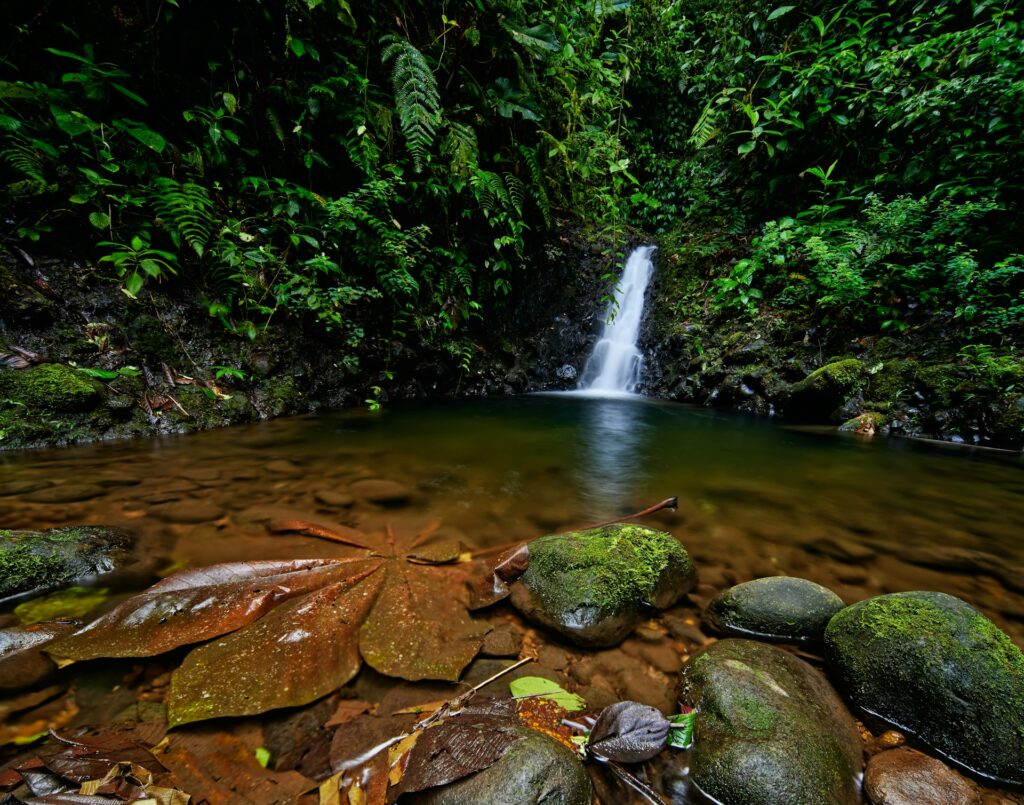
The Amazon plays a key role in cooling the planet. Trees absorb heat and release water vapour, which helps keep temperatures down both locally and globally. Without that cooling effect, the Earth gets hotter, faster. When forests are cut down, that cooling power disappears, and we start to feel the heat. It’s a quiet process, but one with massive consequences, especially as we try to slow down global warming.
7. It slows down soil erosion.
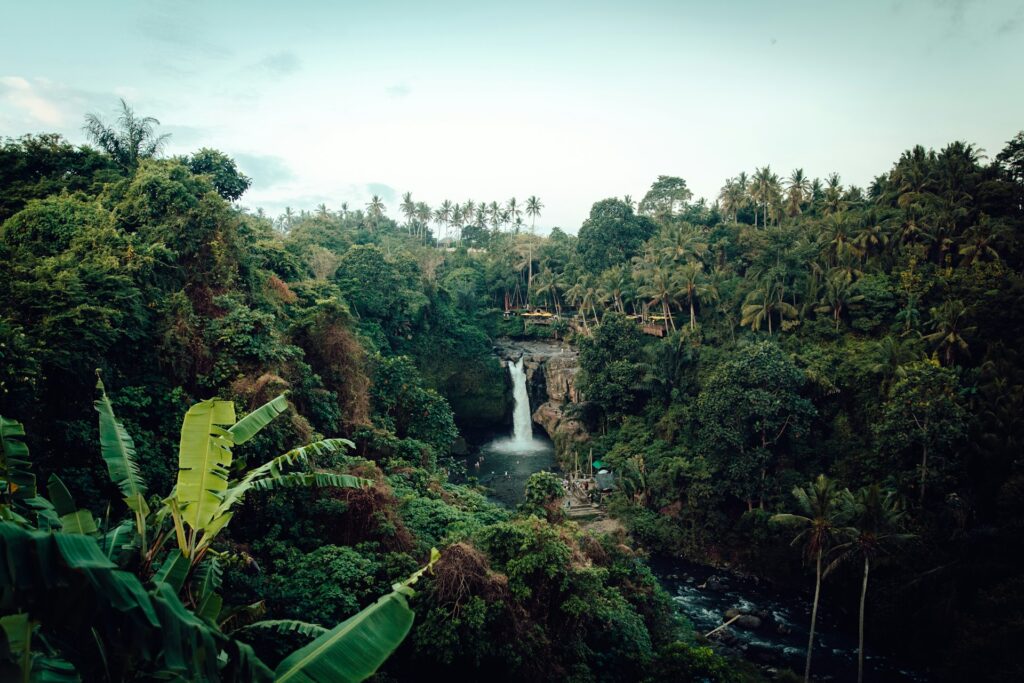
Tree roots help anchor soil in place, and the canopy above softens heavy rainfall. Without this structure, rain hits the ground hard, washes soil away, and leaves the land barren. The Amazon’s trees act like a shield for the ground below. When those trees go, the land quickly becomes unstable. Erosion increases, rivers get clogged with sediment, and the entire ecosystem suffers—along with nearby communities who rely on healthy soil to grow food.
8. It helps recycle water through the entire system.
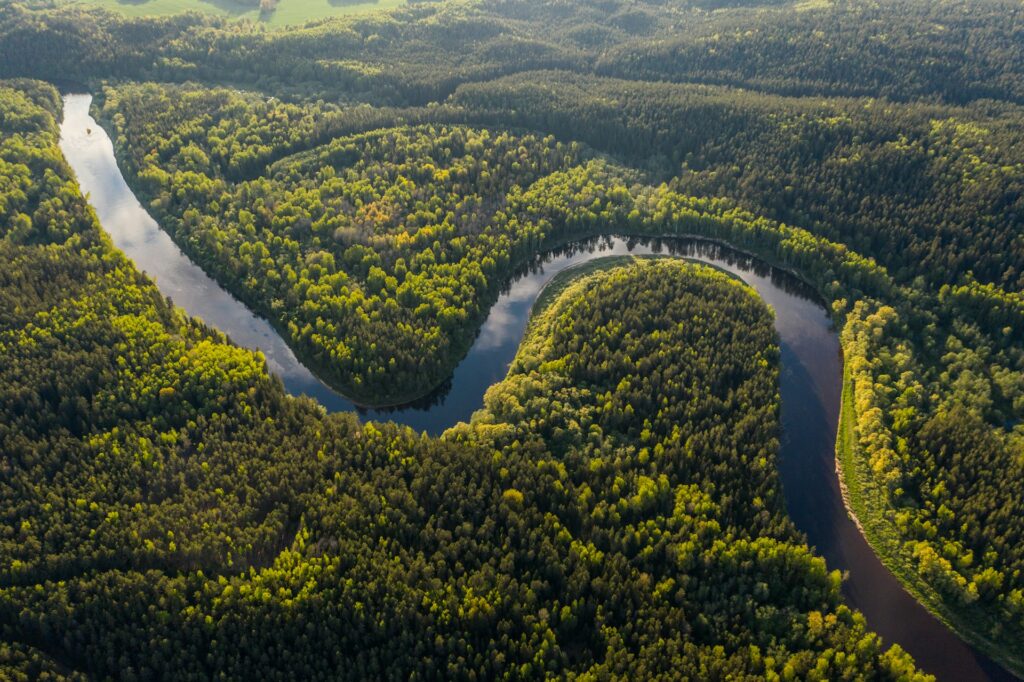
The rainforest doesn’t just use water—it recycles it. Through a process called transpiration, trees release moisture into the air, which helps fuel rain clouds and keep the entire cycle going. It’s a living, breathing feedback loop. Remove too many trees, and that loop starts to break down. Eventually, even the forest itself begins to dry out, turning green into brown, and pushing the entire ecosystem closer to collapse.
9. It supports Indigenous communities.

Over 400 Indigenous groups live in the Amazon, many of whom have relied on the forest for food, medicine, shelter, and cultural practices for thousands of years. Their knowledge of the land is deep, rich, and often overlooked. When we talk about protecting the Amazon, it’s not just about the environment—it’s also about human rights. Respecting Indigenous land means protecting the people who’ve been its stewards for generations.
10. It helps fight diseases by keeping ecosystems in balance.
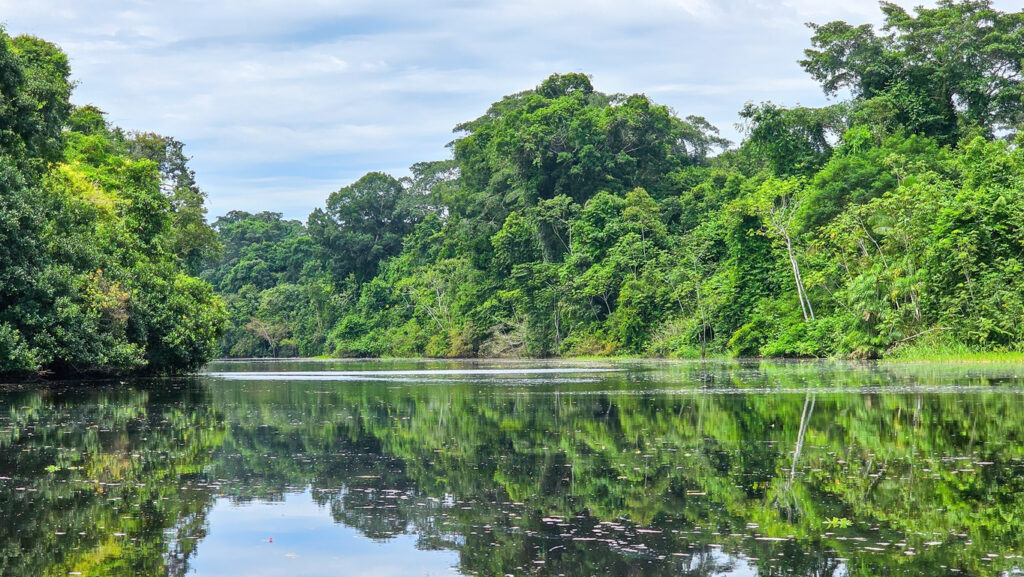
A healthy rainforest acts like a buffer against outbreaks. When animal habitats are destroyed, species are forced into closer contact with humans, raising the risk of new diseases jumping across. The Amazon is a barrier against that kind of chaos. As more of it disappears, those natural safeguards break down. It’s not just a faraway problem—it’s a public health risk, tied directly to what’s happening in one of the most biodiverse places on Earth.
11. It creates a sense of natural awe.
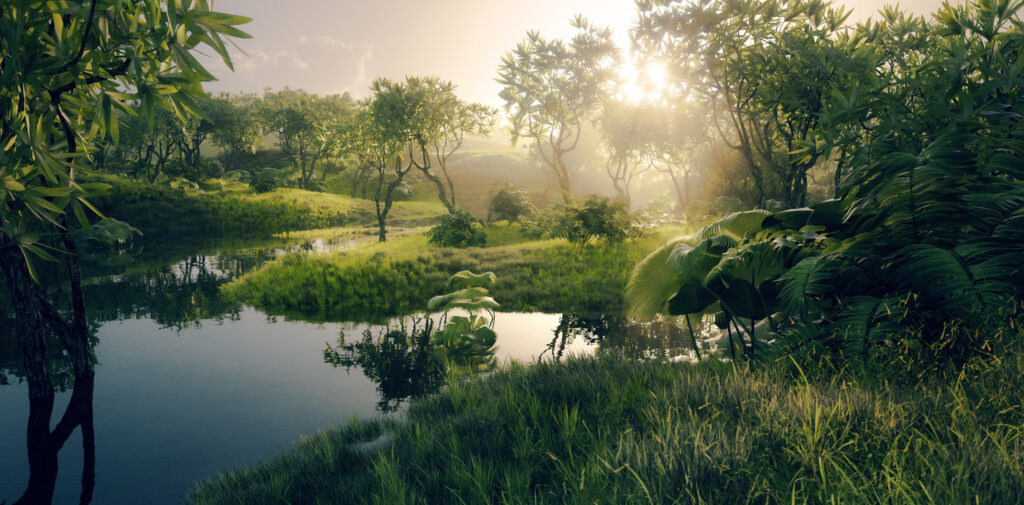
There’s something about the Amazon that feels bigger than life. The sounds, the colours, the sheer size of the trees—it reminds us of how complex and connected life on Earth really is. It’s a place that inspires people to care about nature in the first place. When we lose places like this, we don’t just lose ecosystems—we lose that connection. The world feels smaller, flatter, and a bit more forgettable. Protecting the Amazon is about keeping that sense of wonder alive.
12. Once it’s gone, we can’t get it back.

The Amazon has been around for millions of years, but it’s being destroyed at a rate it can’t recover from. There’s a tipping point—scientists say once enough of it’s lost, the rest could collapse into savanna-like drylands and never return. This isn’t something we can rebuild with a few tree-planting campaigns. It’s a one-time gift, and once we pass that point, there’s no going back. The stakes are high because the forest is irreplaceable.